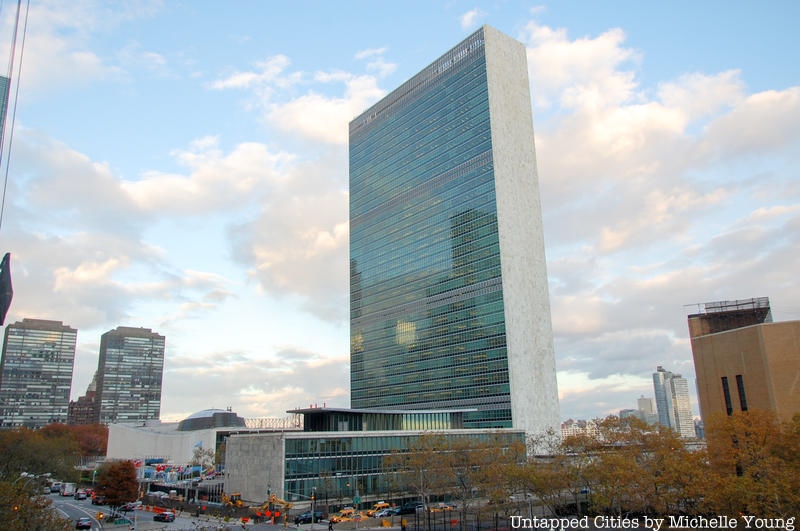
One of our historically popular articles blames Robert Moses for some of New York City’s infrastructure disasters (and potential ones unrealized like the Lower Manhattan expressway). But, Moses also bestowed on the city many great projects that New Yorkers continue to enjoy today. It’s just usually too easy to make fun of Moses, as many of you witnessed in last year’s musical BLDZR about Jane Jacobs and Robert Moses.
In fact, writer Phillip Lopate, author of Waterfront: A Walk Around Manhattan, wrote in the New York Times in 2007 that “Moses’ satanic reputation with the public can be traced, in the main, to Robert A. Caro’s magnificent biography, “The Power Broker: Robert Moses and the Fall of New York.” It seems however, despite attempts to reframe Moses in a more nuanced light in the past decade through new books and museum exhibits, it is Caro’s portrayal that continues to capture the imaginations of New Yorkers.
Today, we’re playing devil’s advocate and highlighting some of the great works of the master builder while acknowledging that there are almost always winners and losers in every development scenario, particularly here in this city.
1. Riverside Park Expansion

The Riverside Park you know today is quite different from the original, opened in 1875 and designed by celebrated landscape architects Frederick Law Olmstead and Calvert Vaux. About half the park, 132 acres, was added under the purview of Robert Moses, then the city’s Parks Commissioner, from 1937 to 1941. The additions were designed by Gilmore D. Clarke and Clinton Lloyd. The promenade sits above the active Amtrak tunnel, commonly known as the Freedom Tunnel, built originally by the Hudson River Railroad (later the New York Central and Hudson River Railroad, under the ownership of Cornelius Vanderbilt).
Combining an auto route and concealing the active train line was considered quite a feat of engineering and design. The New York City Department of Parks & Recreation gives the architects strong acclaim, stating “They wove through this extraordinary collection of active recreation and scenic areas a vital north-south automobile artery and a railroad running in a tunnel under the entire park.” The New York Times noted in 2007 that the plan “remains a model of thoughtful urban planning.” In addition, the expansion of Riverside Park was a direct response to community pushback against additional industrial uses along the waterfront.
The park expansion also included the construction of an esplanade, the 79th Street Marina and Boat Basin, ball fields, and a rotunda.





